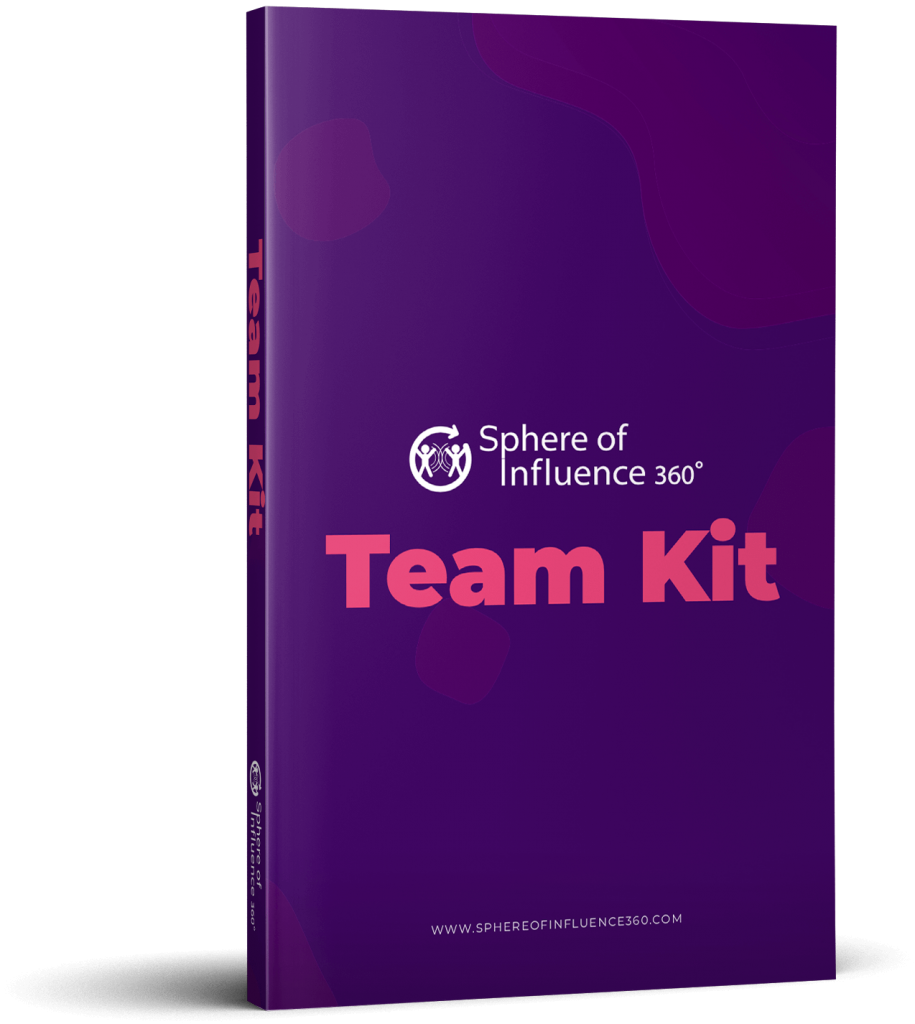How are you feeling at the moment? Loose, limber, relaxed?
Or maybe…a little neck pain? Sore shoulders, even some tightness in your face, arms, or legs?
Many of us fail to realize when and how we’re tensing up in response to stress. We may think we’ve overdone it at the gym, or slept funny…until a colleague asks: “Why the frown?”
Whether it’s nail-biting, clenching, picking, or an odd posture for you, these nervous habits could all be signs of bodily tension. When our minds are under stress, our bodies have some very real somatic responses, and muscle stiffness is a key offender.
Today, I’ll explore the science behind my Bodily Tension Stress Coaching Card so that you can avoid all kinds of lasting aches – or worse, sending the wrong message to others (“No, no! I’m not mad at you!”).
Read on for 3 tips that will help you spot tightness early and stop it in its tracks.
5 Signs Stress Is Making You Tense
While most of us have experienced tight, aching shoulders before, bodily tension can wear more than one disguise. It’s why we often don’t realize we’re unnecessarily tense.
For instance, did you know that our jaw and facial muscles can also tighten up when we’re under pressure? Other warning signs of stress-induced tautness include:
- Clenched or balled fists
- Tooth grinding or locked jaws
- An ‘overburdened’ posture (rather like you’re carrying the weight of the world on your shoulders)
- Tired or sore limbs, and
- Tightness around the eyes or mouth.
If you’ve noticed these in yourself, you could very well be tired, worried, anxious, or nervous.
But why does it happen?
Muscle Tension: A Stress Reaction
When faced with imminent, or even potential threats, our bodies prime us for survival. Picture boxers in the ring or runners poised to sprint, and you’ll notice all their muscles are ready for action.
These are just a few of the same muscles used in our adrenal fight-or-flight responses. So when we’re stressed, our brains are signaling to our muscles, telling them to tighten. This helped our ancestors prepare us for self-defense against pain or harm, and today, ‘protection mode’ remains an almost automatic stress response.
Because you probably don’t want to fight your boss or sprint away from that presentation, I’ve created the Bodily Tension Stress Coaching Card. Now, I’ll show you what to do about it.
3 Tips for Releasing Bodily Tension
So bodily tension is a near-automatic defense mechanism – but that doesn’t mean you can’t resolve it.
Noticing your own ‘primed’ muscles is the first step to consciously releasing this tension, and loosening up early, can help you avoid the stiffness that comes from holding uncomfortable positions over time.
These 3 tips will help you unwind.
1. Pull A Face!
Perhaps it’s surprising, but our facial muscles can suffer a lot from bodily tension, especially in the forehead and jaw.
Pulling a silly face gets your eyes, mouth, and cheeks moving, meaning you can target and loosen tense muscles specifically.
Try challenging yourself to pull as many ridiculous faces as you can:
- Balloon your cheeks
- Stick out your tongue
- Wiggle your eyebrows
- Yawn, sigh, gulp like a goldfish, even
- Twitch your nose like a rabbit – how many ways can you move your chin, forehead, and lips?
You can give your face a gentle massage afterward to see if the tension is released, and throw in a temple massage for the extra relaxation factor.
2. Chew Some Gum
Another surprising tip I found from Cardiff University experts is to chew gum – gently, of course.
According to CU researchers, the physical motions involved in chewing gum can help:
- Combat tiredness
- Lower feelings of anxiety
- Decrease depression, and
- Boost our mood.
It’s possible that this works by stimulating the neurochemical pathways linked to relaxation, or even by increasing cerebral blood flow – but however it has an effect, chewing gum can work almost any time, anywhere.
3. Listen To Your Body
Moving downward from your face, you can target tension in the rest of your body by…listening to it.
More accurately, by tuning into the physical areas where you’re carrying stress, so that you can give them the TLC they need to release tension.
- First, you’ll do a head-to-toe body scan: Sitting or lying down comfortably, take a few slow breaths. Once you feel a little more relaxed, close your eyes and begin to ‘scan’ your body from the head down, noticing the sensations in each part without judgment. Moving from your crown down through your forehead, temple, eyes, ears, nose, cheeks and more to your toes, where do you feel comfortable? How about tight? Heavy? Warm or cold? Repeat back up and down as many times as you like, taking your time.
- You’re now in a better position to identify tension, and you can mark down any key focus areas on this chart. If you make Listen To Your Body a habit, you may notice particular spots pop up repeatedly.
- Finally, breathe, relax, and shake it off. If you’d like to target any particular zones you identified, you’ll find more helpful exercises in my Listen To Your Body PDF above.
A final word – while these 3 tips can be great short-term solutions to stress-related symptoms, they’re also a brilliant starting point for further work.
Heightened physical awareness will not only help you recognize the warning signs of pressure, but it will also put you in a prime position to start identifying its triggers, so you can resolve stress for the long-term.

